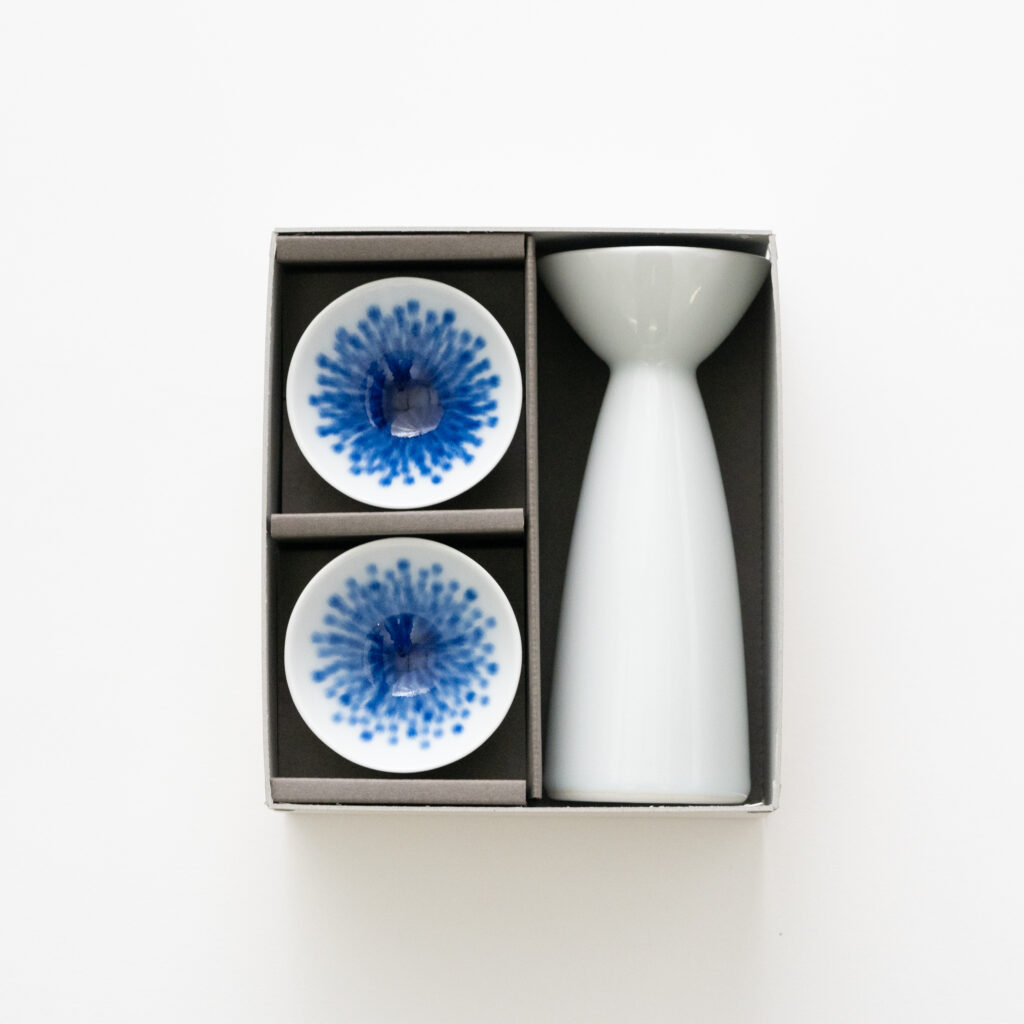Sake Ware (Sake Cup, Guinomi)
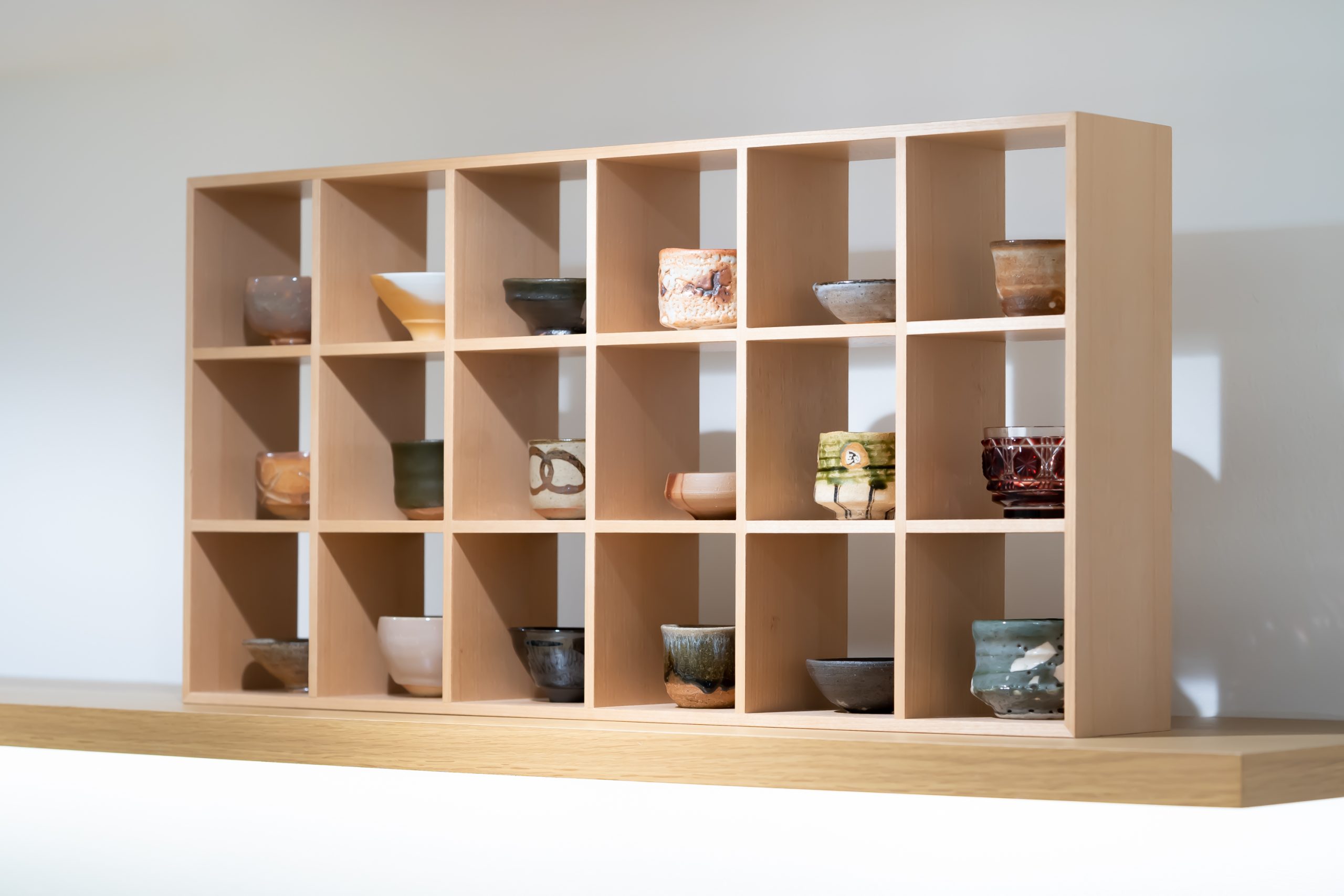
Sake Ware
Japanese sake is becoming ever more popular in Singapore, and we have many customers visiting the gallery in search of high quality sake ware. We believe that the quality and personality of traditionally-crafted sake ware can greatly enhance the experience of enjoying sake. We carry sake ware made from various materials such as ceramic, copper, lacquerware, and glass, and introduce new styles every month to add a seasonal element to your collection.
BEST SELLING
Available at Millenia Walk

“GOSU Hana Tokkuri & Sake Cup Set”
Material: Porcelain
Brand: SOEKYU GOSU
Made in Saga Prefecture
-> Available in online store

“Ikkon Sake Cups Set”
Material: Porcelain
Brand: Kaneko Kohyo
Made in Gifu Prefecture
-> Available in online store

“Lotus Sake Set”
Material: Porcelain
Brand: SHINGAMA
Made in Seto, Aichi Prefecture
-> Available in online store

Material: Porcelain
Brand: KUMAGAI
Made in Kyoto Prefecture

Material: Tin
Brand: NOUSAKU
Made in Takaoka, Toyama Prefecture
-> Available in online store

Material: Wood
Brand: GATO MIKIO
Made in Ishikawa Prefecture
-> Available in online store

Material: Glass
Brand: SUGAHARA
Made in Chiba Prefecture

Material: Crystal Glass
Brand: SATSUMA VIDRO
Made in Kagoshima Prefecture

Material: Glass
Brand: HYAKUSHIKI
Made in Nagano Prefecture
-> Available in online store

Material: Wood/Lacquer
Brand: WAJIMA KIRIMOTO
Made in Wajima, Ishikawa Prefecture
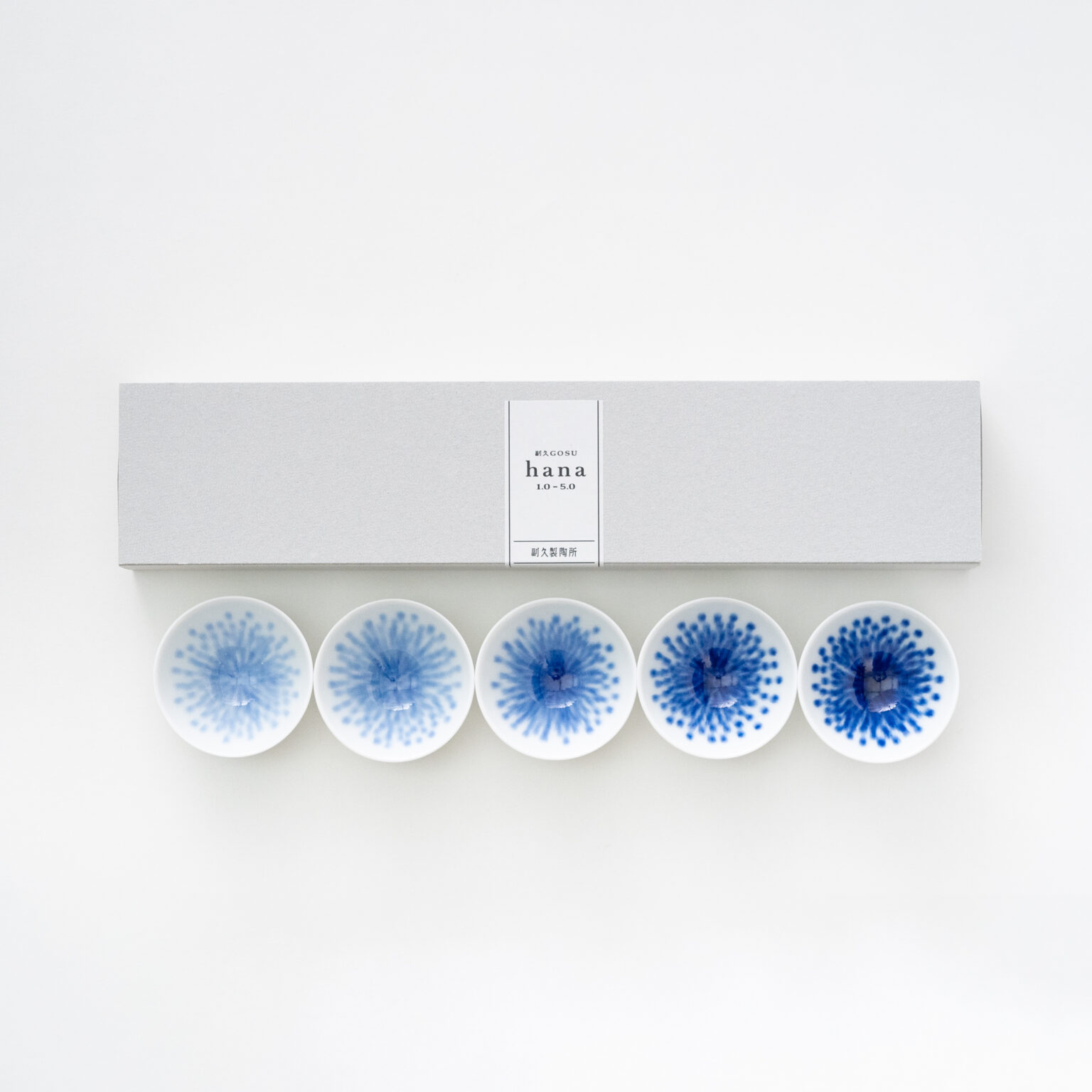
Material: Porcelain
Brand: SOEKYU GOSU
Made in Saga Prefecture
-> Available in online store
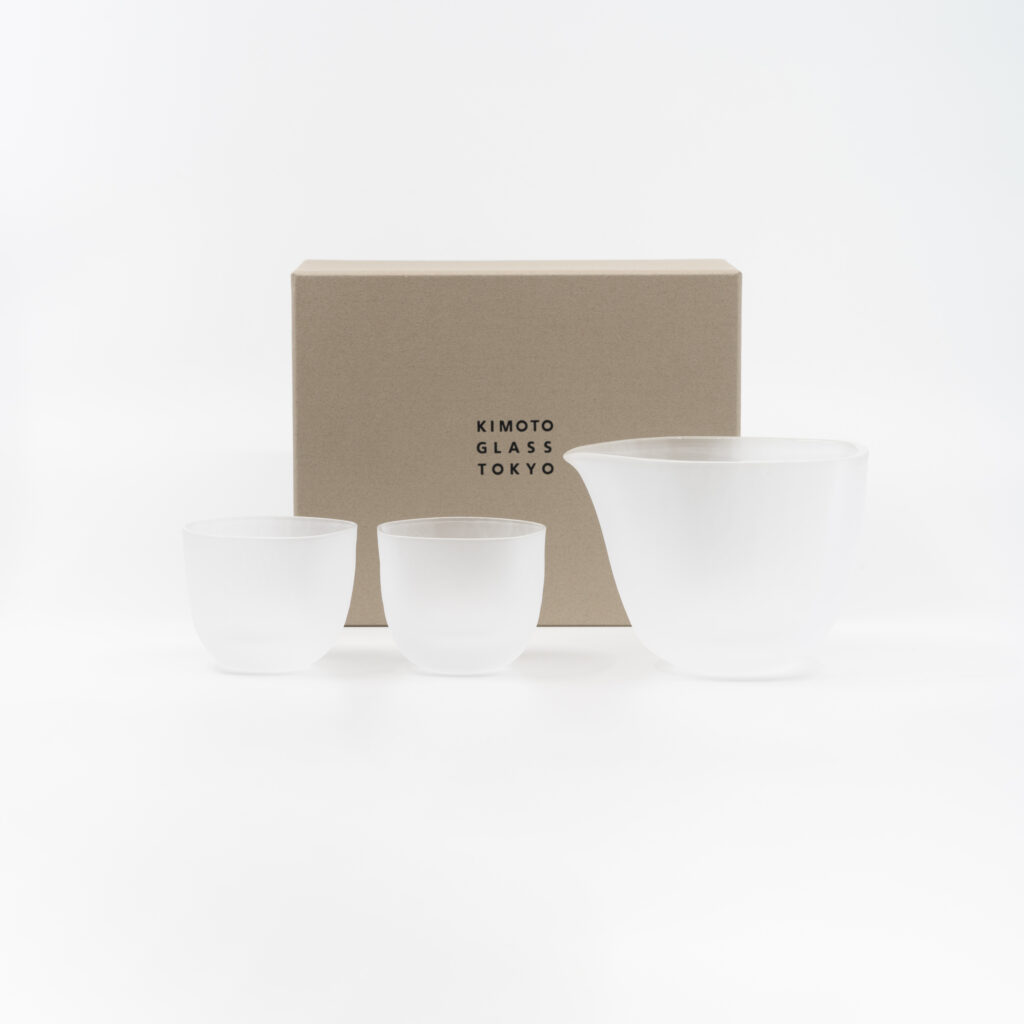
“Brume Sake Decanter and 2 Cups Set / Frost”
Material: Glass
Brand: KIMOTO GLASS
Made in Tokyo

Material: Wood
Brand: SHIBATA YOSHINOBU SHOTEN
Made in Akita Prefecture
-> Available in online store

Material: Porcelain
Brand: YAMAHEI
Made in Arita, Saga Prefecture
-> Available in online store

Material: Titanium
Brand: SUSGALLERY
Made in Niigata Prefecture
Best Selling
Available at Takashimaya B1
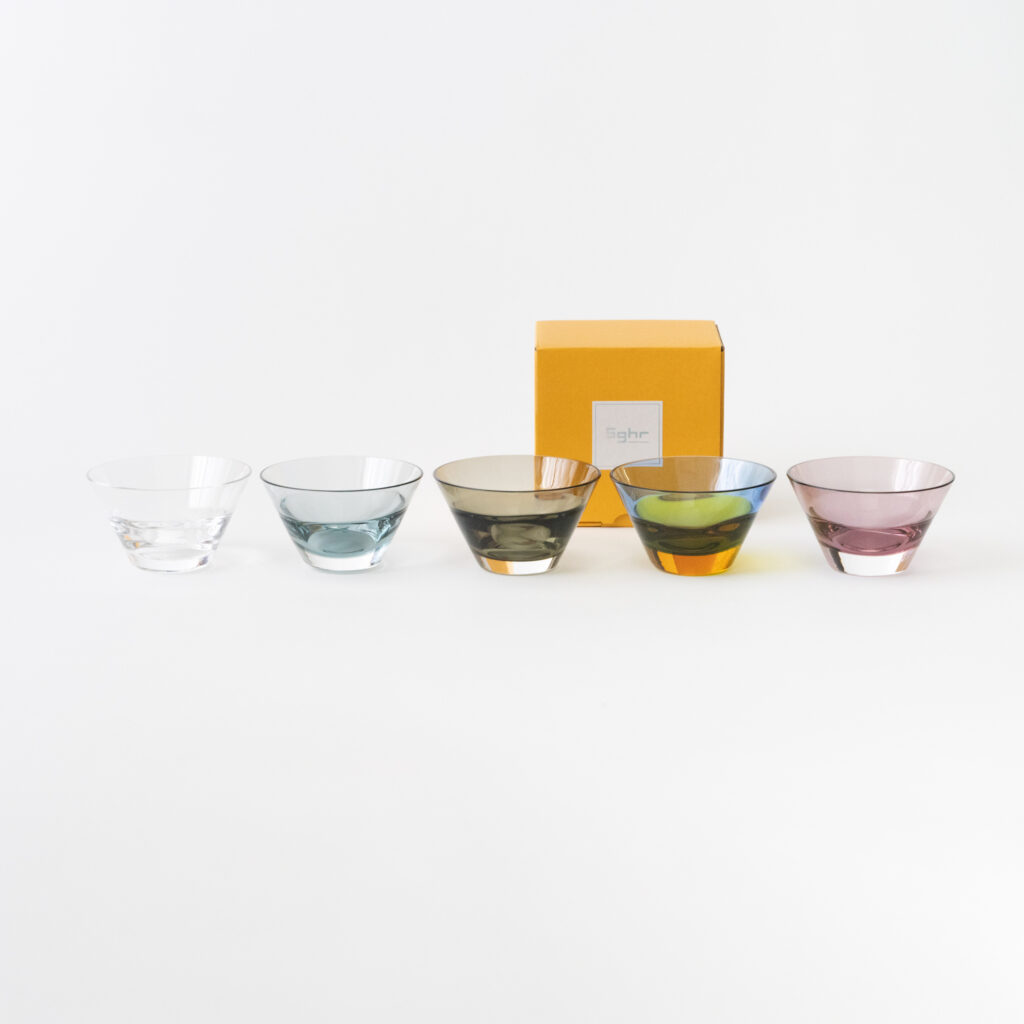
Material: Glass
Brand: SUGAHARA
Made in Chiba Prefecture

Material: Porcelain
Brand: KUMAGAI
Made in Kyoto Prefecture

Material: Glass
Brand: AMANO SHIKKI
Made in Takaoka, Toyama Prefecture
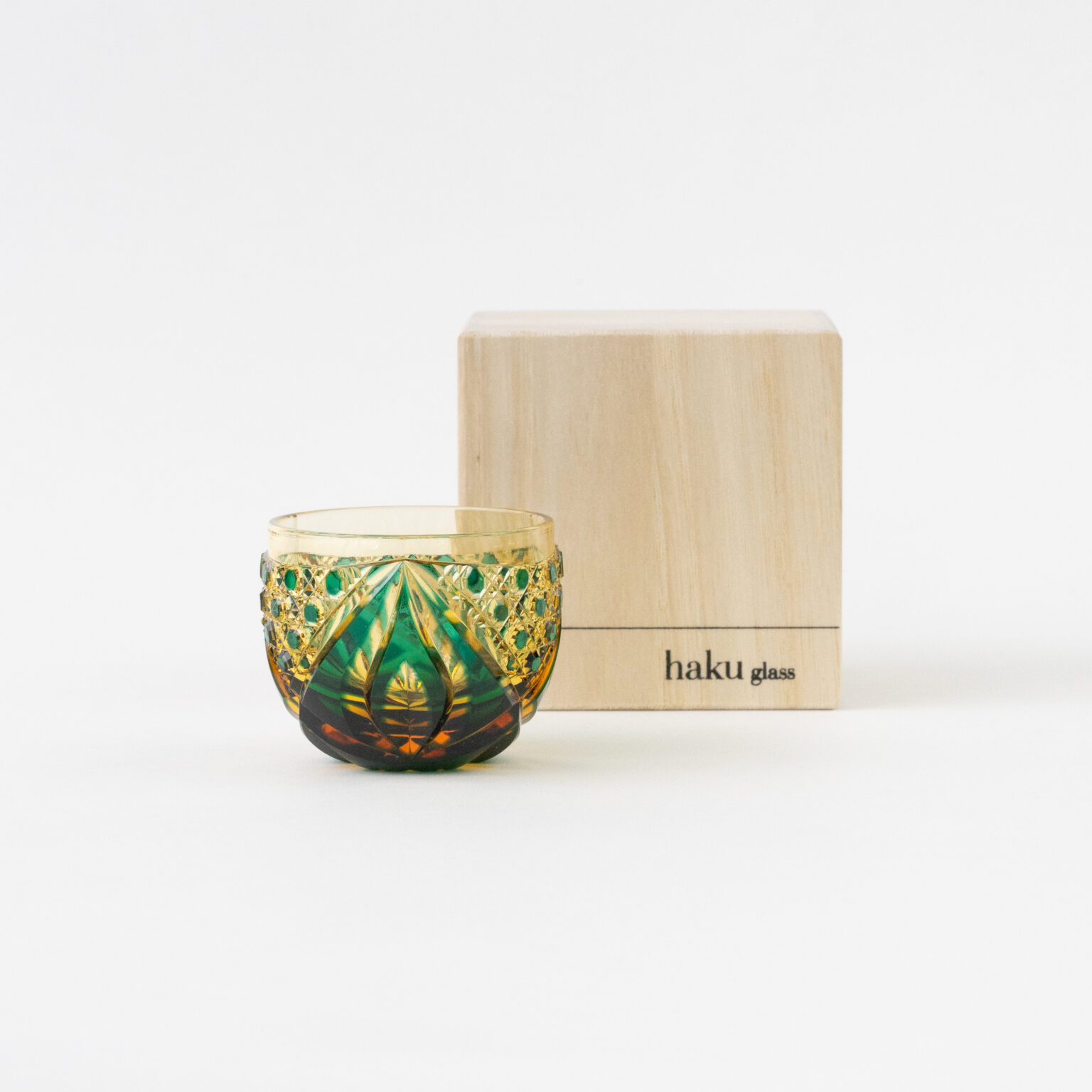
Material: Crystal Glass
Brand: HAKU GLASS
Made in Tokyo

Material: Glass
Brand: SUGAHARA
Made in Chiba Prefecture

Material: Glass
Brand: SUGAHARA
Made in Chiba Prefecture

Material: Glass
Brand: SUGAHARA
Made in Chiba Prefecture

Material: Crystal Glass
Brand: HAKU GLASS
Made in Tokyo
One of a kind
Available at Duxton Hill

Tenmoku
The name Tenmoku refers to black glazed tea bowls in general. It is said that the name comes from the fact that it was brought back by a Japanese Zen monk who visited Tenmoku (天目Tiān mù in Mandarin, or “Heaven’s Eye” in English) Mountain in Zhejiang Province, China in the Kamakura period (1185 – 1333). Typical shapes include Tenmoku, Asagao (morning glory), and Togasa (resembling an Asian conical hat). These have been produced in various parts of Japan since the early modern period.

Bizen
Stoneware made mainly in Imbe area in Bizen City, Okayama Prefecture. One of the six ancient kilns in Japan. Characterized by high temperature firing without using glazes and various expressions brought about by transformation.

Karatsu
A general term for ceramics fired in western Saga and northern Nagasaki Prefectures. This region prospered as a major pottery production area and is especially renowned for its ceramics made for the tea ceremony, which were first produced in earnest during the Momoyama period (1573 – 1603). Following a period of decline, it recovered during the Showa era (1926 – 1989). Karatsu ware is notable for the variety of decorative techniques such as E-Karatsu (Painted Karatsu), Madara-Karatsu (Mottled Karatsu), Chosen Karatsu (Korean Karatsu), Mishima Karatsu and Kawa-kujira (whale skin), and as such has a wide variety of expressions.

Hagi
Ceramics made mainly in Hagi City and Nagato City in Yamaguchi Prefecture. It is roughly classified as Matsumoto-Hagi and Fukawa-Hagi and are mainly made into tea bowls.

Oribe
A type of Mino ware first created during the Azuchi-Momoyama period (1573–1603). It is thought to have reflected the taste of Oribe Furuta, a celebrated master of the Japanese tea ceremony, and is characterized by novel shapes and patterns. It can be classified into various types depending on the glaze and technique, including the copper-green glazed So-Oribe and Ao-Oribe, as well as Aka-Oribe, Kuro-Oribe, Yahichida-Oribe, and Narumi-Oribe.

Shigaraki
A style of ceramics produced in Shigaraki, Shiga Prefecture. Fired at high temperatures without glaze, it is characterized by a tactile landscape resulting from its coarse base material and natural ash glaze. One of the six ancient kilns in Japan.
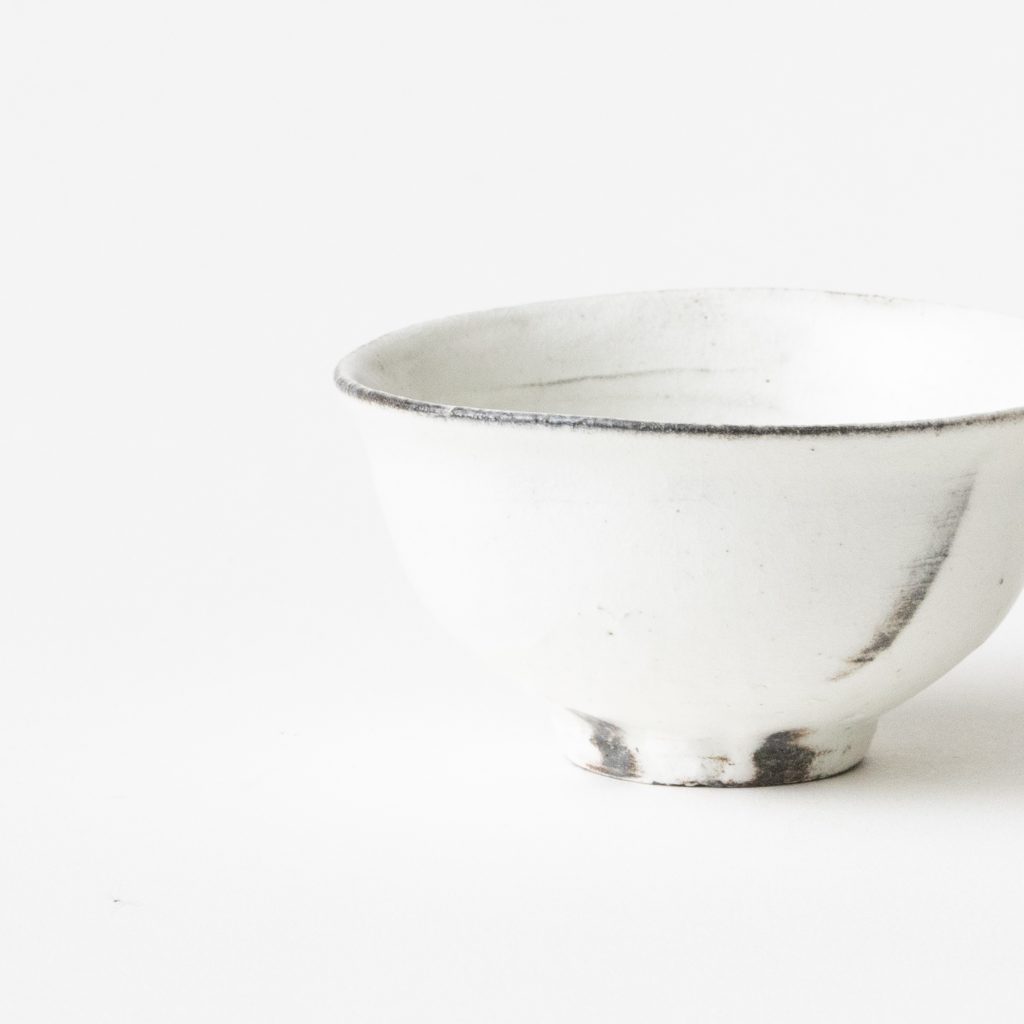
Kohiki
A firing technique wherein the entire surface of a base is covered with white slip (a liquid clay mixture used to decorate pottery) and then with a transparent glaze before firing, producing a characteristic soft texture. Also known as kofuki.

Kiseto
A type of Mino ware created during the Azuchi-Momoyama period (1573 – 1603). It is characterized by a pale yellow glaze, and is often decorated with line carvings and floral motifs, as well as mottled patterns in green caused by copper sulfate called tanpan, and in brown caused by iron. It uses two types of glazes: one transparent and shiny called “Kiku-zara-de” (chrysanthemum plate) or “Guinomi-de” (sake cup), and the other moist like fried bean curd called “Ayame-de” (iris) or “Aburage-de” (deep fried tofu).

Raku
Raku ware is a type of glazed pottery shaped by hand without using a potter’s wheel and fired at low temperatures. It includes sub-types such as Aka-Raku (Red Raku), Kuro-Raku (Black Raku), Shiro-Raku (White Raku), and others. Raku ware is said to have been first created under the guidance of Sen no Rikyu, and although it often refers specifically to pottery produced by generations of the Raku family, in a broader sense it refers to all ceramics produced using the same technique.

Seiji - Ceradon
A type of ceramics in ash glaze which includes a small content of iron, called celadon glaze. With high temperature of over 1,200 degree through reduction firing, the color varies from blue to green. Its delicate tones depend on the blending ratio of iron and methods for firing. Originated in ancient China, celadon ware was highly regarded as prestigious ceramics which expresses the color of Jade. Later, it was spread to Korea, Southeast Asia and Japan. Celadon wares in powder blue (粉青 – funsei ) produced in China during the Southern Song Dynasty were especially cherished as the highest-ranked masterpieces in Japan. Its literal name is sometimes distinguished in Chinese character by its materials, when using stones it is referred to as 青磁 – seiji, and when using clay it is referred to as 青瓷 – seiji.

Arita
Generic name of porcelain made mainly in Arita, Saga Prefecture. Arita is the first porcelain producing area in Japan. It is also called “Imari ware” as it was shipped from Imari port during the early days.
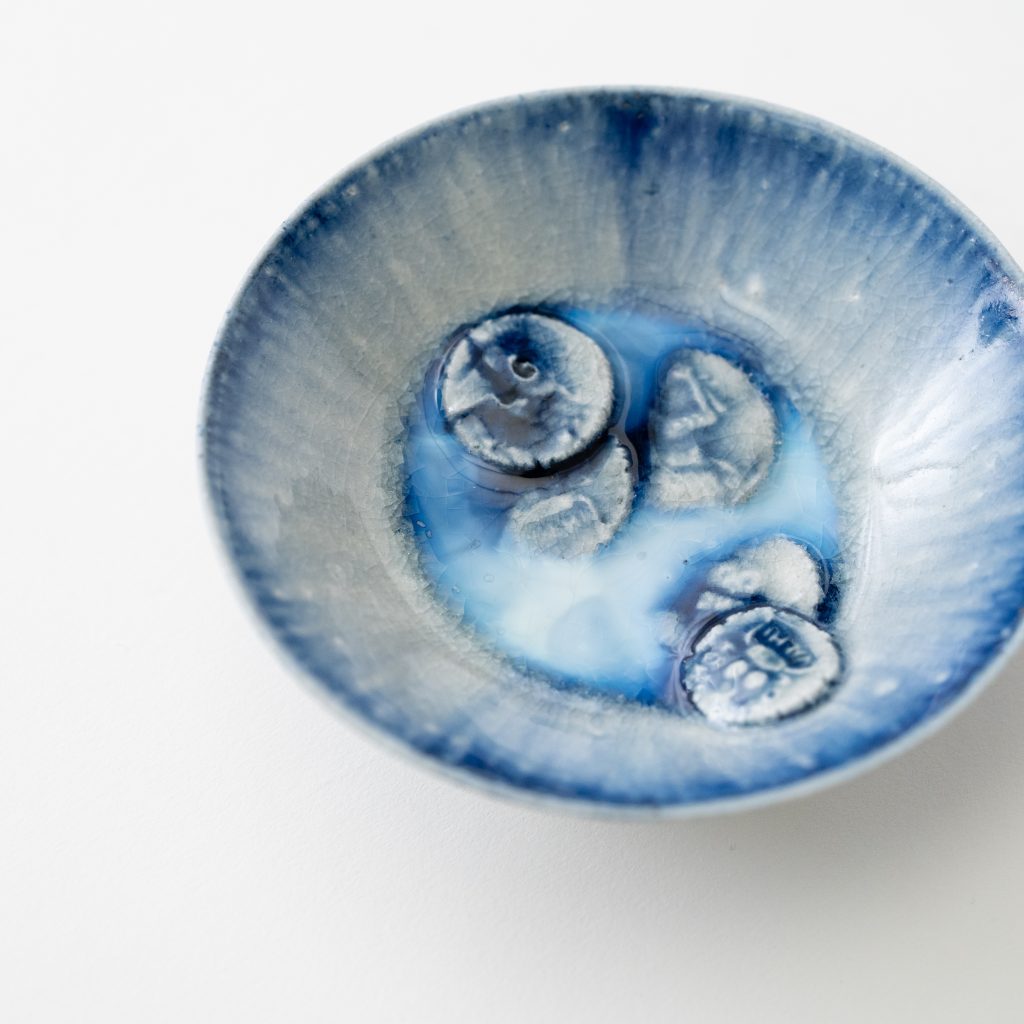
Ofuke
This name derives from the ceramics fired in the Ofuke enceinte (Ofukemaru) in a part of the Nagoya Castle which served as the official kiln of the Owari Tokunaga clan during the Edo period (1603-1868). A glaze in which feldspar is added to ash, the iron in the glaze develops a pale blue or yellowish green color during firing.

Shino
A type of Mino ware which first appeared in the Azuchi-Momoyama period (1568–1600), as well as a general term for ceramics in which a white Shino glaze (based on feldspar) is applied to the “Mogusa-tsuchi” clay. There are several types of Shino ware, including Muji-Shino (plain), E-Shino (picture), Nezumi-Shino (gray) and Beni-Shino (crimson).

Iga
Iga ware is the general term for ceramics produced mainly in Iga, Mie Prefecture. It is characterized by its natural glaze, called biidoro (from “vidro”) glaze, which results in a translucent jade color, and its hard, tightly fired clay surface.

